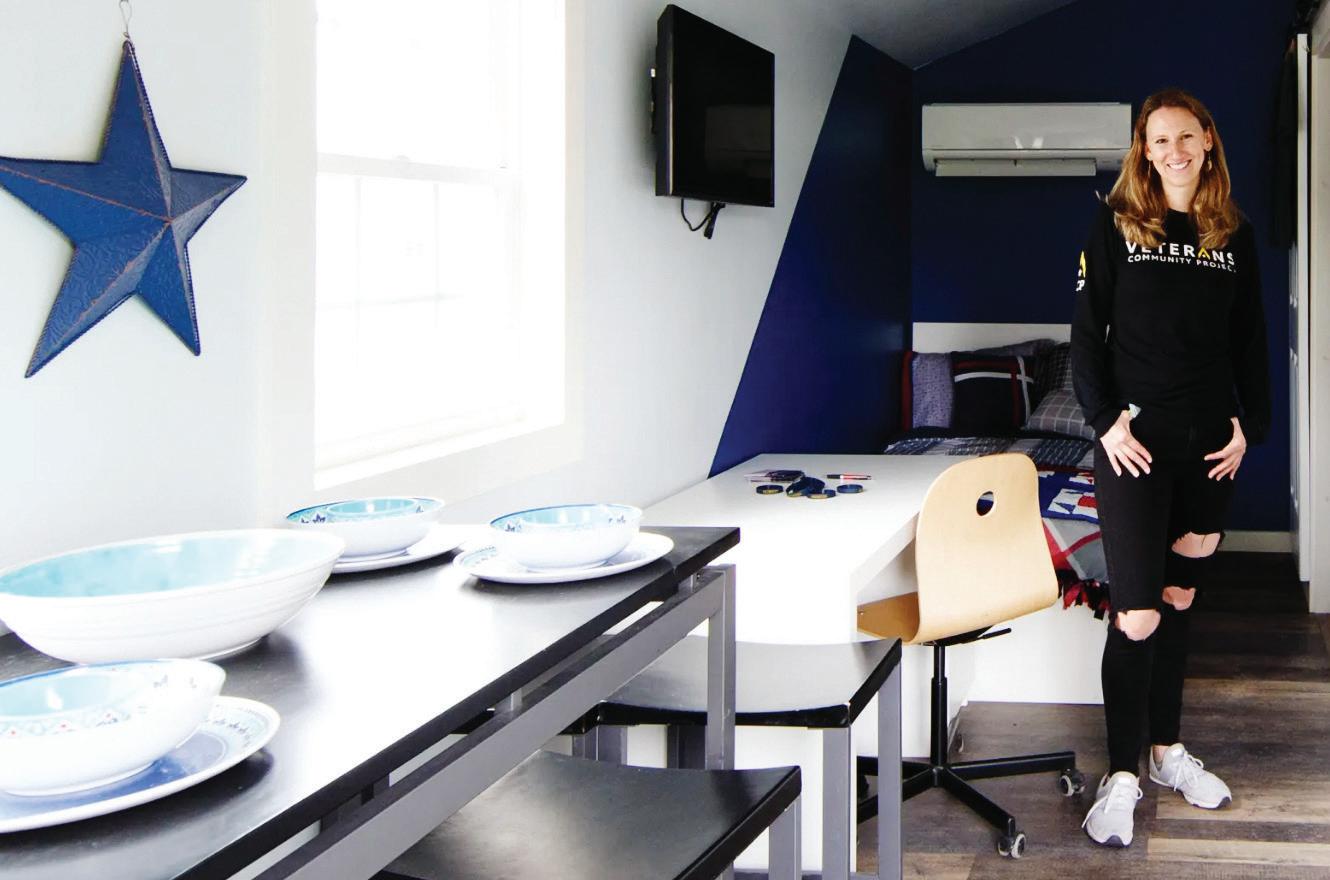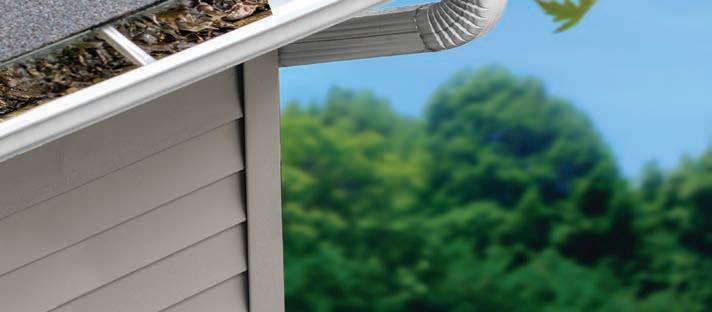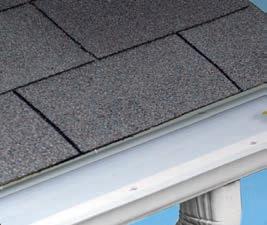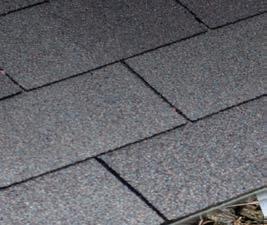
3 minute read
Tiny homes starting to be a big-deal solution for housing market
BY MONTE WHALEY THE COLORADO SUN
e popular tiny home movement is growing bigger in Colorado thanks to a new law aimed at allowing factory-built homes of about 400 square feet or less to become permanent xtures in neighborhoods and in one case, to be used as an emerging therapy to get homeless military veterans back on their feet.
Advocates say House Bill 1242 , which went into e ect July 1, will spur more purchases since it sets building standards for the scaleddown structures. e new rules also allow cities and counties to create legal pathways to let people live in tiny homes for a lifetime as opposed to just 180 days, advocates say.
“Before this law, we saw a lot of tiny homes the owners weren’t allowed to live in permanently,” said Art Laubach of Einstyne Tiny Homes in Brighton. Sometimes, depending on local laws, a tiny home would be wheeled into a mobile home or RV park and be considered a residence. Generally tiny homes were not legally a permanent, living structure in Colorado, Laubach said.
“But now, the new law outlines building codes for counties to use on tiny homes and gives those governments a way to allow people to live in them permanently,” Laubach said. “It’s just another option for people who otherwise can’t a ord a standard home.”
“ is is a huge deal for tiny-home owners and manufacturers,” he said. A rst-of-its-kind tiny home village is about to open in Longmont, where homeless military veterans can temporarily live for free while getting counseling to overcome symptoms of PTSD. e Veterans Community Project was started in Kansas City, Missouri, by a group of combat vet- erans looking to get their brethren o the streets and into stable housing. e nonpro t is in the midst of a national expansion that includes the Longmont project.
Tiny homes are a perfect incubator for a community that provides counseling and kinship for emotionally battered veterans who need a place to heal, said Jennifer Seybold, executive director of the Veterans Community Project in Longmont.
“ ese are people who are used to living in small spaces and this gives them privacy and a digni ed space,” Seybold said. e 26 tiny homes in the veterans community vary from


240 square feet for individuals to 320 square feet for families.

Each home is built on a concrete slab foundation and attached to city utilities, and has a kitchen and a full bath.
Sandy Brooks is not surprised by the progress of tiny homes. Brooks bought her 250-square-foot tiny home on her 75th birthday in 2019 and moved to Durango to live in Escalante Village, a tiny home community. Brooks spent about $100,000 on her new home, ignoring her brothers who mocked her choice.
“ ey told me it’s just a fad,” Brooks said. “It’s not a fad. It’s a lot more a ordable than trying to buy a $800,000 house. And a lot more people are guring that out.”
“My footprint is very small and it takes hardly any time at all to keep it clean. And I spend about $42 on electricity,” Brooks said. “I spend my time outside where I can talk to my neighbors or do something else rather than be locked into my home all the time.”
“It’s time and money well spent for me,” she said.
Nationally, tiny home sales were expected to grow by about 4% in 2022 and accelerate in 2025, according to e Ascent, a service of e Motley Fool investment advisor group. e growth is fueled by the high cost of owning a traditional home, e Ascent said. e median price for a home in the United States in 2022 was $428,379, while the median monthly mortgage payment is $1,200, according to Red n. In all, Americans spend over 50% of their income on housing, according to e Ascent. e median price for a tiny home


— about 206 square feet — is about $60,000, while total monthly housing costs can be as low as $600 and rarely exceed $1,000, according to Business Insider. is includes utilities and costs of renting a plot of land but does not include monthly loan payments to buy the tiny home.
Laubach is organizer of the annual Tiny House Festival, which nished its sixth run last month. He said the festival features RVs, homemade campers and other on-the-go vehicles for the adventurous.
TIny homes have lately grown more popular among people wanting to scale back on living costs, he said. is shift in attitude among people from all nancial backgrounds comes as American homes, on average, have grown larger over the past few years despite shrinking family sizes, he said.
“People are just looking for a minimal lifestyle and something more a ordable to live in,” Laubach said. “It’s quicker to clean and to take care of.”
A huge, lush lawn, meanwhile, is not as alluring in these days of drought and res, Laubach said.
“You realize as your home gets larger, your water use gets larger. And then you see all these res around us. People pay attention to that.”
Colorado has an estimated 3,000 tiny homes, but until House Bill 1242 there was no rule addressing how long someone could live in one. Larimer County started elding more requests from residents who wanted to live in their tiny homes for more than 180 days. at prompted ocials to push for legislation that calls









